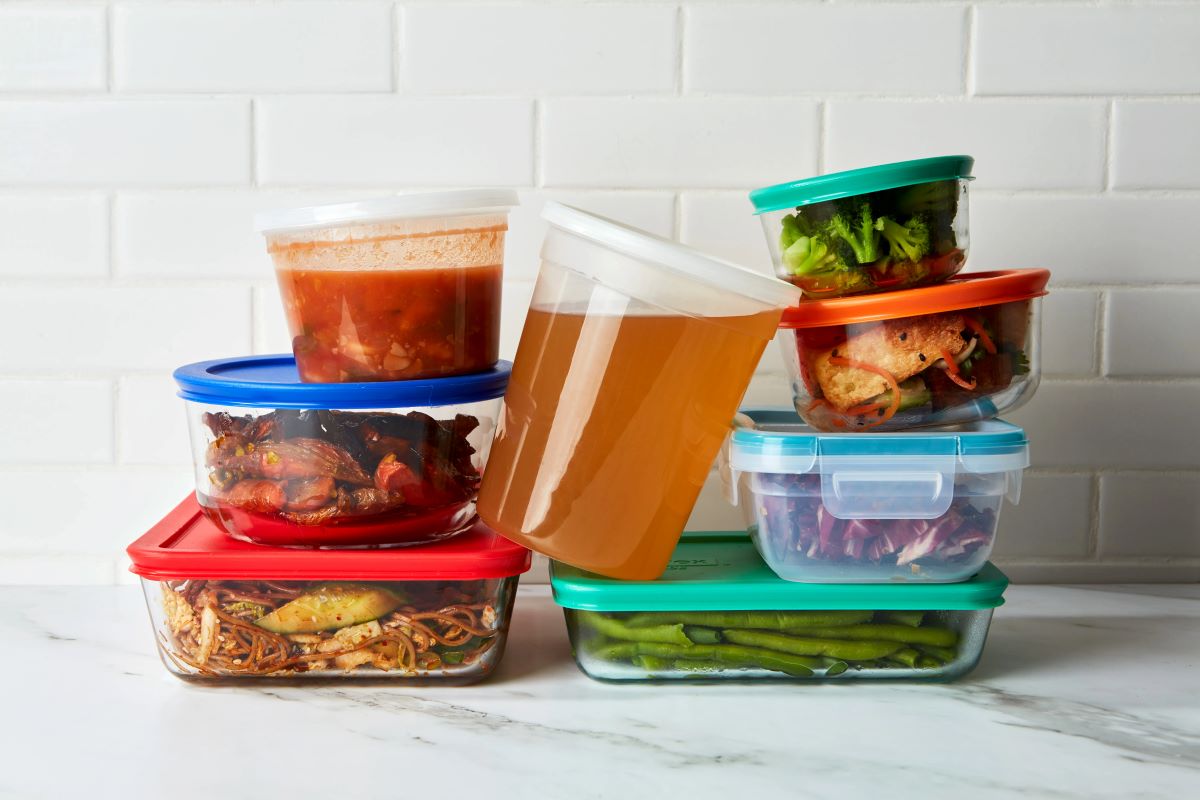

Articles
How To Store Food Without Electricity
Modified: January 23, 2024
Learn effective methods for storing food without electricity with these informative articles. From canning to drying, discover tips to keep your food fresh for longer.
(Many of the links in this article redirect to a specific reviewed product. Your purchase of these products through affiliate links helps to generate commission for Storables.com, at no extra cost. Learn more)
Introduction
Food is essential for survival, and in uncertain times, having a reliable source of nourishment becomes even more vital. However, unforeseen circumstances such as natural disasters or power outages can disrupt the food supply chain and leave us without access to fresh groceries.
That’s why it is crucial to have a contingency plan in place for storing food without electricity. By being prepared, you can ensure that you and your loved ones have enough sustenance to get through challenging situations.
In this article, we will explore various methods and techniques for effectively storing food without the need for electricity. From preserving fresh produce to canning, root cellaring, dehydrating, fermenting, pickling, and using other creative preservation methods, we will cover it all. By the end of this article, you will have a comprehensive understanding of how to store food without electricity and be well-equipped to face any unexpected scenarios that come your way.
So, let’s dive in and discover the art of preserving and storing food for the long haul!
Key Takeaways:
- Be prepared for any situation by learning various food preservation methods such as canning, root cellaring, and pickling to ensure a reliable source of nourishment without electricity.
- Create a sustainable and diverse food storage plan by considering individual dietary needs, practicing rotation, and maintaining proper storage conditions for long-term preparedness.
Read more: How To Store Kimchi Without Fridge
Importance of Food Storage
Food storage plays a crucial role in our lives, especially during emergencies or situations where access to fresh groceries is limited. Here are a few reasons why food storage is important:
- Emergency Preparedness: Storing food allows you to be prepared for unexpected events such as natural disasters, power outages, or situations where you are unable to go to the grocery store. Having a stockpile of food ensures that you and your family have enough to eat during times of crisis.
- Cost Savings: Buying food in bulk and storing it can be a cost-effective way to save money in the long run. By purchasing items on sale or in larger quantities, you can take advantage of discounts and avoid price fluctuations.
- Self-Sufficiency: Having a well-stocked pantry and being able to rely on your own food supply gives you a sense of self-sufficiency. It allows you to rely less on external sources and ensures that you can provide for yourself and your loved ones, even when resources are scarce.
- Food Preservation: Storage methods such as canning, dehydrating, and fermenting help preserve the nutritional value of food and extend its shelf life. This allows you to enjoy fresh and nutritious meals even when fresh produce is not readily available.
- Food Security: Food storage provides a sense of security, knowing that you have a backup plan in case of emergencies. It gives you peace of mind, knowing that you have enough food to sustain yourself and your family for an extended period.
Understanding the importance of food storage is the first step towards building a well-prepared stockpile of essentials. In the next sections, we will explore various methods and techniques that will help you store food without the need for electricity.
Choosing the Right Storage Location
When it comes to storing food without electricity, choosing the right storage location is of utmost importance. Here are some factors to consider when selecting the ideal storage area:
- Cool and Dry: Look for a place that is cool and dry, as heat and humidity can cause food to spoil more quickly. Avoid areas that are prone to dampness or have temperature fluctuations, such as basements or uninsulated garages.
- Away from Sunlight: Sunlight can accelerate the degradation of food, leading to nutrient loss and spoilage. Find a space away from direct sunlight, whether it’s a dark pantry or a cellar with minimal light exposure.
- Adequate Ventilation: Proper airflow is essential to prevent the buildup of moisture and mold. Make sure the storage location has adequate ventilation, allowing for fresh air circulation.
- Stable Temperature: Temperature stability is key to preserving food. Avoid areas that experience extreme temperature fluctuations, such as attics or garages without insulation. Ideally, the storage location should maintain a consistent, cool temperature.
- Pest Control: Protect your food from unwanted visitors by ensuring the storage location is secure against pests. Seal any openings or cracks, use pest-repellent products, and keep the area clean and free from potential attractants.
- Away from Chemicals: Keep your food storage area away from potential sources of chemicals or strong odors. Avoid storing food near cleaning supplies, paint, or other substances that can contaminate the food.
By taking these factors into consideration, you can choose a suitable storage location that will help prolong the shelf life of your food and maintain its quality. Remember to regularly inspect the area for any signs of damage or pests, and make adjustments as needed to ensure optimal storage conditions.
Now that you have identified the proper storage location, let’s explore different methods for storing specific types of food without electricity.
Storing Fresh Produce
When it comes to storing fresh produce without electricity, it’s essential to understand the lifespan and optimal storage conditions for different fruits and vegetables. Here are some tips for effectively storing fresh produce:
- Root Vegetables: Root vegetables such as carrots, potatoes, and onions can be stored in a cool, dry, and dark environment. Place them in a breathable container or a mesh bag to allow for air circulation and prevent moisture buildup.
- Leafy Greens: Leafy greens like lettuce, spinach, and kale should be stored in the refrigerator. Wash and dry them thoroughly before storing in airtight containers or resealable bags to maintain freshness and prevent wilting.
- Fruits: Most fruits, such as apples, citrus, and pears, can be stored at room temperature. However, they should be kept away from direct sunlight and stored individually to prevent the ripening process from accelerating.
- Tomatoes: Tomatoes should be stored at room temperature and away from direct sunlight. To extend their shelf life, store them with the stem side down to prevent moisture loss and maintain freshness.
- Herbs: Fresh herbs can be stored in various ways. One method is to place them upright in a glass of water, like a bouquet, and cover them loosely with a plastic bag. Alternatively, you can wash and thoroughly dry them, then wrap them in a damp paper towel and store them in resealable bags in the refrigerator.
It’s important to regularly check your stored produce for any signs of spoilage or decay. Remove any damaged or overripe items to prevent them from affecting the rest of the batch. By following these guidelines, you can enjoy fresh produce for an extended period, even without electricity.
In the next sections, we will explore additional methods such as canning, root cellaring, and dehydrating, which can further expand your food storage options.
Canning Techniques
Canning is a fantastic method for preserving food without electricity, allowing you to enjoy your favorite fruits, vegetables, and even meats long after their harvest season. Here’s an overview of the two primary canning methods: water bath canning and pressure canning:
- Water Bath Canning: This method is suitable for high-acid foods such as fruits, pickles, and jams. The process involves submerging filled jars in boiling water for a specified period. The heat kills bacteria and creates a vacuum seal, ensuring long-term preservation. Water bath canning does not require specialized equipment and can be done on a stovetop.
- Pressure Canning: Pressure canning is necessary for low-acid foods such as vegetables, beans, and meats. These foods require higher temperatures to eliminate bacteria and prevent the risk of botulism. Pressure canning involves using a pressure canner, which creates the high temperatures and pressure needed for safe preservation. It’s important to follow specific guidelines and use tested recipes when pressure canning.
When canning, it’s crucial to use proper canning jars, lids, and bands to ensure a secure seal. Follow trusted recipes to determine the correct processing times and methods for different foods. It’s also essential to prepare the food correctly before canning, ensuring it’s cleaned, peeled, cut, blanched, or cooked as specified in the recipe.
Properly canned foods can have a shelf life of one to five years or even longer, depending on the food and storage conditions. Label your jars with the date and contents for easy reference.
Canning allows you to enjoy the flavors of freshly harvested produce all year round. It’s a valuable skill to learn, especially for those seeking self-sufficiency and long-term food storage without electricity.
In the next section, we will explore root cellaring, another effective method for storing a variety of fruits, vegetables, and even some dairy products.
Read more: How To Store Carrots Without Refrigeration
Root Cellaring
Root cellaring is an age-old method of storing fruits, vegetables, and even certain dairy products in a cool and humid environment. This technique mimics the natural conditions that plants experience in the ground, providing an ideal storage solution without the need for electricity. Here’s how to create a root cellar and store your produce:
- Location: Find a suitable location for your root cellar. Ideal places include a basement, crawl space, or even a dedicated underground cellar. The key is to have a stable temperature between 32°F and 40°F (0°C and 4°C) and humidity levels around 90-95%. Avoid areas with excessive moisture or temperature fluctuations.
- Storage Containers: Use appropriate storage containers for different produce. For root vegetables like carrots and potatoes, use bins or crates filled with damp sand, sawdust, or wood shavings to provide moisture. For other fruits and vegetables, use baskets or mesh bags to allow for airflow.
- Produce Preparation: Before storing in the root cellar, make sure to properly prepare your produce. Remove any damaged or spoiled parts and gently brush off dirt or excess soil. Do not wash the produce unless necessary, as moisture can lead to rotting.
- Proper Organization: Keep different produce separated to prevent cross-contamination or the spread of spoilage. Store fruits and vegetables with similar storage requirements together. Regularly check your stored produce and promptly remove any spoiled items to prevent them from affecting the rest of the batch.
- Monitoring and Maintenance: Regularly monitor the temperature and humidity levels in your root cellar. Make adjustments as needed to ensure the conditions remain within the desired range. Proper ventilation and air circulation are crucial to prevent the buildup of condensation or mold growth.
Root cellars are an excellent long-term storage solution. With the right conditions and proper rotation of produce, items can last several months or even up to a year. It’s a simple and effective method that allows you to enjoy fresh, homegrown produce throughout the year, even without electricity.
In the next sections, we will explore additional methods such as dehydrating, freeze-drying, fermentation, and pickling, which provide versatile options for preserving various types of food.
Dehydrating and Freeze-Drying
Dehydrating and freeze-drying are excellent methods for preserving food without electricity by removing moisture from the food, inhibiting the growth of bacteria and mold. Both techniques result in lightweight, shelf-stable food that retains its nutrients and flavor. Here’s an overview of dehydrating and freeze-drying:
- Dehydrating: Dehydrating involves removing moisture from food by circulating warm and dry air until it reaches a low moisture content. This can be done using a food dehydrator, an oven set to a low temperature, or even by air-drying in a well-ventilated area. Sliced fruits, vegetables, meat, herbs, and even cooked meals can be dehydrated. Once dehydrated, store the food in airtight containers or sealable bags. Dehydrated food can last for months to years, depending on the storage conditions.
- Freeze-Drying: Freeze-drying is a more advanced method that involves freezing the food and then subjecting it to a vacuum to remove the moisture through sublimation. This technique preserves the cellular structure of the food, resulting in preserved items that can be rehydrated with water. Freeze-dried food is lightweight, retains its original taste and texture, and has a longer shelf life compared to dehydrated food. Freeze-dried meals, fruits, vegetables, and even dairy products are popular choices for long-term storage.
Both dehydrating and freeze-drying offer versatile options for preserving a wide variety of food items. They are particularly useful for camping, hiking, or situations where weight and portability are important factors. Additionally, they allow you to enjoy your favorite foods even when fresh options are not readily available.
When dehydrating or freeze-drying food, it’s essential to properly store the preserved items in airtight containers or sealable bags to protect them from moisture and exposure to air. Label the containers with the date and contents for easy identification.
In the next section, we will explore methods of preservation through fermentation and pickling, which not only extend the shelf life of food but also enhance their flavors.
Store food without electricity by using root cellars, canning, pickling, and fermenting. These methods can help preserve food for extended periods without the need for refrigeration.
Fermentation and Pickling
Fermentation and pickling are ancient preservation techniques that not only extend the shelf life of food but also enhance their flavors. These methods rely on the natural process of microbial activity, creating an acidic and anaerobic environment that inhibits the growth of harmful bacteria. Here’s an introduction to fermentation and pickling:
- Fermentation: Fermentation is a process in which beneficial bacteria, yeasts, or other microorganisms metabolize sugars and convert them into acids, alcohol, or gases. This process not only preserves the food but also enhances its flavor and nutrient profile. Fermented foods include sauerkraut, kimchi, yogurt, kefir, and kombucha. To ferment food, the ingredients are usually submerged in a brine or a mixture of salt and water, creating an environment that promotes the growth of beneficial bacteria. The food is then left to ferment at room temperature for a specific period. Afterward, store the fermented food in the refrigerator or a cool, dark place to slow down the fermentation process.
- Pickling: Pickling involves preserving food in an acidic solution, usually vinegar or brine, which provides an inhospitable environment for the growth of spoilage bacteria. This method can be used for preserving fruits, vegetables, and even meats. To pickle food, it is typically submerged in a vinegar solution or a brine consisting of water, salt, and other spices or seasonings. This process can be done through water bath canning or by storing the pickles in the refrigerator. Pickled foods can be enjoyed as standalone snacks or added to various dishes to enhance their flavors.
Fermentation and pickling are not only effective preservation techniques but also offer numerous health benefits. They contribute to gut health by providing beneficial probiotics, enzymes, and increased nutrient bioavailability. Additionally, fermented and pickled foods add depth and complexity to meals, enhancing overall flavor profiles.
When fermenting or pickling food, it’s important to maintain cleanliness and proper sanitation to prevent the growth of harmful bacteria. Use high-quality ingredients, follow trusted recipes, and monitor the fermentation process regularly. With proper storage, fermented and pickled foods can last for several weeks to months.
In the next section, we will explore other methods such as using salt and vinegar for preservation, as well as utilizing oil-based preservation techniques.
Using Salt and Vinegar for Preservation
Salt and vinegar are two common ingredients that have long been used for preserving food. They create an inhospitable environment for bacterial growth, helping to extend the shelf life of various food items. Here’s how you can use salt and vinegar for preservation:
- Salting: Salting is a traditional method of preserving meat, fish, and vegetables. Salt draws out the moisture from the food, inhibiting the growth of bacteria and preventing spoilage. To salt-preserve meat or fish, cover the pieces with a generous amount of salt and let them sit for a specified period. The salt will penetrate the food, creating a salty and preserved product. For vegetables, you can create a brine solution by dissolving salt in water and submerge the vegetables in it. Pickling salt or kosher salt is often used due to their lack of additives.
- Vinegar: Vinegar, particularly white vinegar or apple cider vinegar, is a popular ingredient for preserving fruits, vegetables, and even eggs. The acidic nature of vinegar creates an unfavorable environment for the growth of bacteria. In pickling, fruits or vegetables are submerged in a vinegar solution along with various spices and seasonings. The vinegar penetrates the produce, preserving their texture and flavor. Vinegar can also be used to preserve hard-boiled eggs by storing them in a solution of vinegar and water.
Both salt and vinegar have been used for centuries as natural preservatives, allowing us to enjoy pickled vegetables, cured meats, and other preserved delicacies. They add unique flavors to food and provide a tangy or savory element to dishes.
When using salt and vinegar for preservation, it’s important to follow proper ratios and recipes to ensure food safety and prevent over-salting or over-acidification. Store the preserved items in airtight containers in a cool and dark place for long-term preservation.
In the next section, we will explore oil-based preservation techniques that are not only effective but also add richness and flavor to various foods.
Read more: How To Store Cut Watermelon Without Fridge
Utilizing Oil-based Preservation Methods
Oil-based preservation methods offer a different approach to prolonging the shelf life of certain food items. By creating a barrier that blocks oxygen and moisture, these methods help prevent spoilage and maintain the quality of various ingredients. Here are some common oil-based preservation techniques:
- Oil Infusions: Infusing oils with herbs, spices, or other aromatic ingredients not only adds flavor but also helps preserve the ingredients for an extended period. Herbs like rosemary, thyme, or garlic can be immersed in oil, which acts as a protective layer and prevents the growth of bacteria. It’s important to use dried or blanched herbs to minimize the risk of moisture contributing to spoilage.
- Oil-packed Preserves: Foods like sun-dried tomatoes, roasted peppers, or artichoke hearts can be preserved by packing them in oil. The oil creates a seal that keeps air out and helps maintain the texture, flavor, and moisture of the preserved ingredients. To ensure safety, it’s important to use pH-balanced ingredients, ensure proper sterilization of jars, and store the finished preserves in the refrigerator.
- Confits: In confit preparation, meat, typically poultry, is cooked slowly in its own fat until tender, and then preserved by being submerged and stored in the fat. The fat acts as a protective coating, preventing air and bacterial growth. Properly prepared confits can last for several weeks or even months when kept in a cool environment or refrigerated.
Oil-based preservation methods not only extend the shelf life of food but also enhance the flavors and textures of the preserved ingredients. The infused oils and oil-packed preserves can be used in various dishes, adding richness and complexity to your culinary creations.
When utilizing oil-based preservation methods, it’s important to remember that proper storage conditions are still necessary to ensure the safety and quality of the preserved items. Store oil-infused ingredients and oil-packed preserves in a cool and dark place, and always check for signs of spoilage before consuming.
In the next section, we will explore storing dry goods, which are essential components of a well-prepared food storage plan.
Storing Dry Goods
Storing dry goods is a fundamental aspect of any comprehensive food storage plan. Dry goods refer to non-perishable food items that have a low moisture content, making them less susceptible to spoilage. Here are some key considerations for effectively storing dry goods:
- Selecting the Right Containers: Use airtight containers, such as glass jars, plastic containers with tight-fitting lids, or vacuum-sealed bags, to store dry goods. These containers help keep out moisture, air, and pests, maintaining the freshness and quality of the items.
- Cool and Dry Storage: Dry goods should be stored in a cool and dry environment to prevent spoilage and maintain their taste and texture. Avoid exposure to heat, moisture, and sunlight, as they can degrade the quality and shorten the shelf life of the items.
- Organizing and Labeling: Proper organization and labeling are essential for easy access and inventory management. Group similar items together and label containers with the contents and expiration dates. This way, you can easily find what you need and rotate through your stock to use older items first.
- Stock Rotation: Regularly rotate your dry goods to ensure that older items are used first. This helps prevent food waste and ensures that you always have fresh supplies on hand. Use the “first in, first out” (FIFO) method to ensure proper rotation.
- Stocking Essentials: It’s important to consider a variety of dry goods in your storage plan, including grains (rice, quinoa, oats), legumes (beans, lentils), pasta, flour, sugar, salt, spices, and dried herbs. These versatile items provide a solid foundation for meal preparation and can sustain you during challenging times.
By properly storing dry goods, you can ensure their long-term viability and have a reliable food source even when fresh options are limited. Remember to periodically inspect and discard any expired or damaged items to maintain the quality of your food stockpile.
In the next section, we will provide some additional tips for long-term food storage to further enhance your preparedness.
Tips for Long-term Food Storage
Long-term food storage requires careful planning and proper execution to ensure the longevity and quality of your stored items. Here are some important tips to consider:
- Rotate Your Stock: Implement a rotation system to use older items first and replace them with fresh ones. This helps maintain a fresh and reliable food supply and prevents waste.
- Maintain Proper Storage Conditions: Ensure the storage area remains cool, dry, and dark. Excess heat, moisture, and light accelerate the degradation of food. Regularly monitor and control the storage environment.
- Regularly Inspect and Discard: Routinely check your stored items for signs of spoilage or damage. Dispose of any expired, spoiled, or damaged goods to maintain the quality of your stockpile.
- Practice Food Safety: Follow proper food safety guidelines, such as washing hands before handling food, using clean utensils and containers, and storing food at safe temperatures. This helps minimize the risk of foodborne illnesses.
- Diversify Your Stockpile: Aim for a diverse range of food items, including grains, legumes, canned goods, preserved foods, and dry goods. This ensures a well-rounded and balanced diet during emergencies.
- Keep a Record: Maintain a detailed inventory of your food storage. Record the items, quantities, and expiration dates. This helps with planning, rotating stock, and avoiding wastage.
- Consider Individual Needs: Take into account the dietary needs and preferences of all household members when planning your food storage. Consider any allergies, dietary restrictions, or special requirements.
- Learn and Practice Preservation Techniques: Stay informed about various preservation techniques such as canning, dehydrating, pickling, and fermentation. Regularly practice these skills to ensure competence and successful preservation.
- Emergency Water Storage: Don’t forget to include sufficient water storage as part of your emergency preparedness. It is essential for hydration and rehydrating preserved foods.
- Include Non-Food Items: Remember to include essential non-food items in your emergency supplies, such as first aid kits, flashlights, batteries, cooking utensils, and hygiene products.
By following these tips, you can create a well-organized and sustainable long-term food storage plan. Remember to regularly assess and update your stockpile to ensure it meets your needs and remains a reliable source of sustenance during emergencies.
As we conclude this article, it’s important to emphasize the value of preparedness and taking proactive steps to ensure the well-being of yourself and your loved ones. By implementing these food storage methods and techniques, you can have peace of mind knowing that you are adequately prepared for any circumstance.
Conclusion
In times of uncertainty and emergencies, having a solid food storage plan is crucial for the well-being and security of yourself and your family. By learning and implementing various methods of storing food without electricity, you can ensure a reliable source of nourishment during challenging times. From storing fresh produce and utilizing canning techniques to exploring root cellaring, dehydrating, fermenting, pickling, and oil-based preservation methods, there are numerous options available to extend the shelf life of food items.
Properly storing dry goods, practicing rotation, and maintaining suitable storage conditions are essential for preserving the quality and longevity of your stored items. By following food safety guidelines, regularly inspecting and discarding expired or damaged goods, and diversifying your stockpile, you can create a comprehensive and sustainable plan.
Remember to consider individual dietary needs and preferences while planning your food storage. Keep a detailed inventory, practice preservation techniques, and include essential non-food items in your emergency supplies to ensure comprehensive preparedness.
In conclusion, storing food without electricity takes planning, effort, and ongoing maintenance. However, by investing the time and resources into building a well-prepared food storage plan, you can gain peace of mind, knowing that you are equipped to handle unexpected circumstances and provide for yourself and your loved ones.
Stay informed, continue learning about different food preservation methods, and regularly assess and update your food storage plan. With preparedness as your foundation, you are better prepared to face any challenges that come your way.
Frequently Asked Questions about How To Store Food Without Electricity
Was this page helpful?
At Storables.com, we guarantee accurate and reliable information. Our content, validated by Expert Board Contributors, is crafted following stringent Editorial Policies. We're committed to providing you with well-researched, expert-backed insights for all your informational needs.
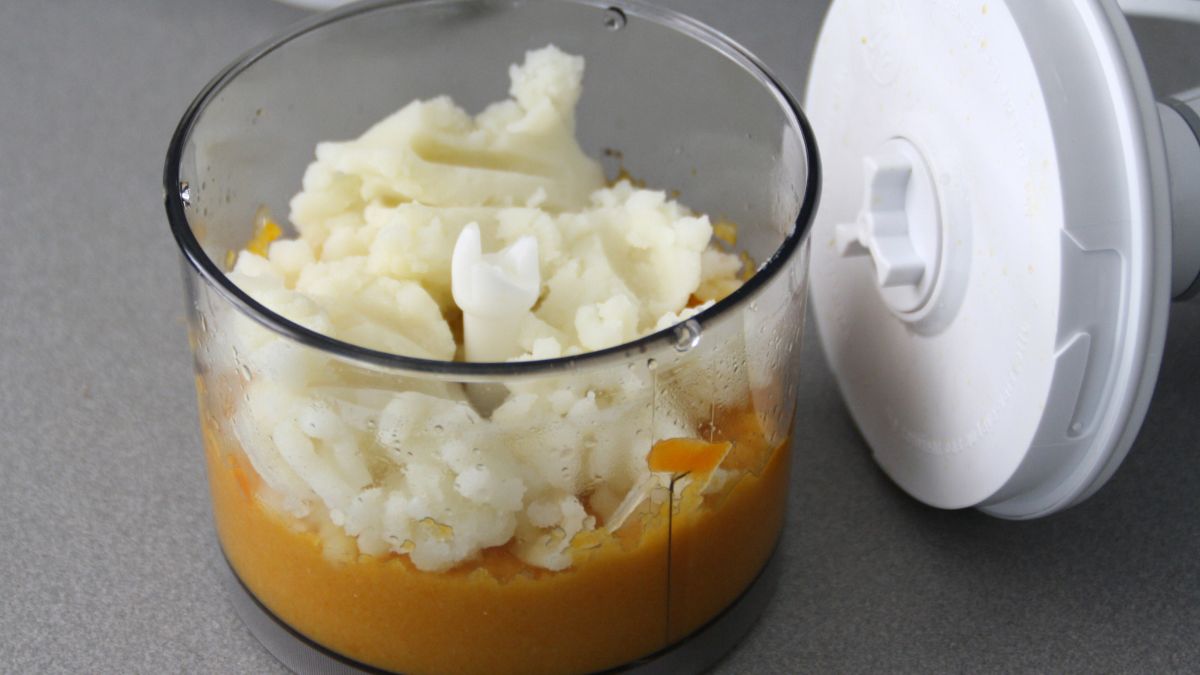
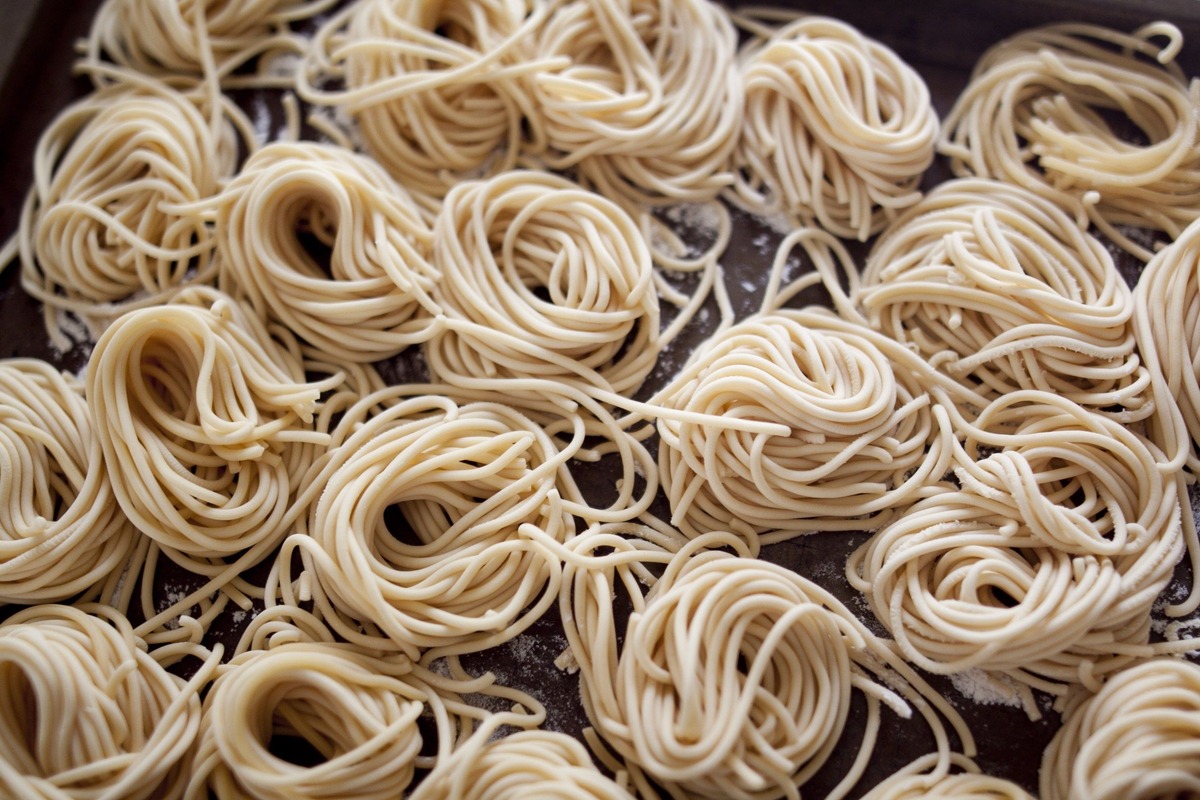
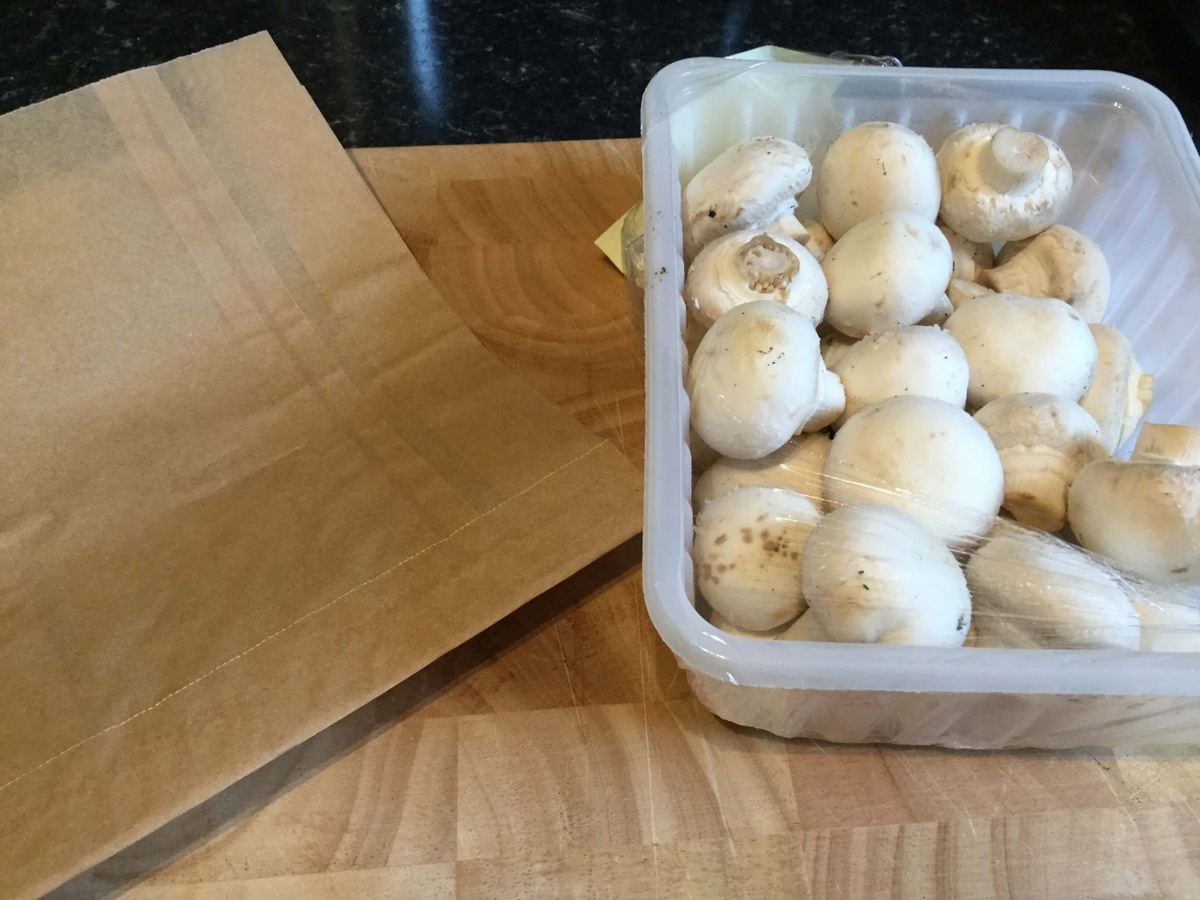
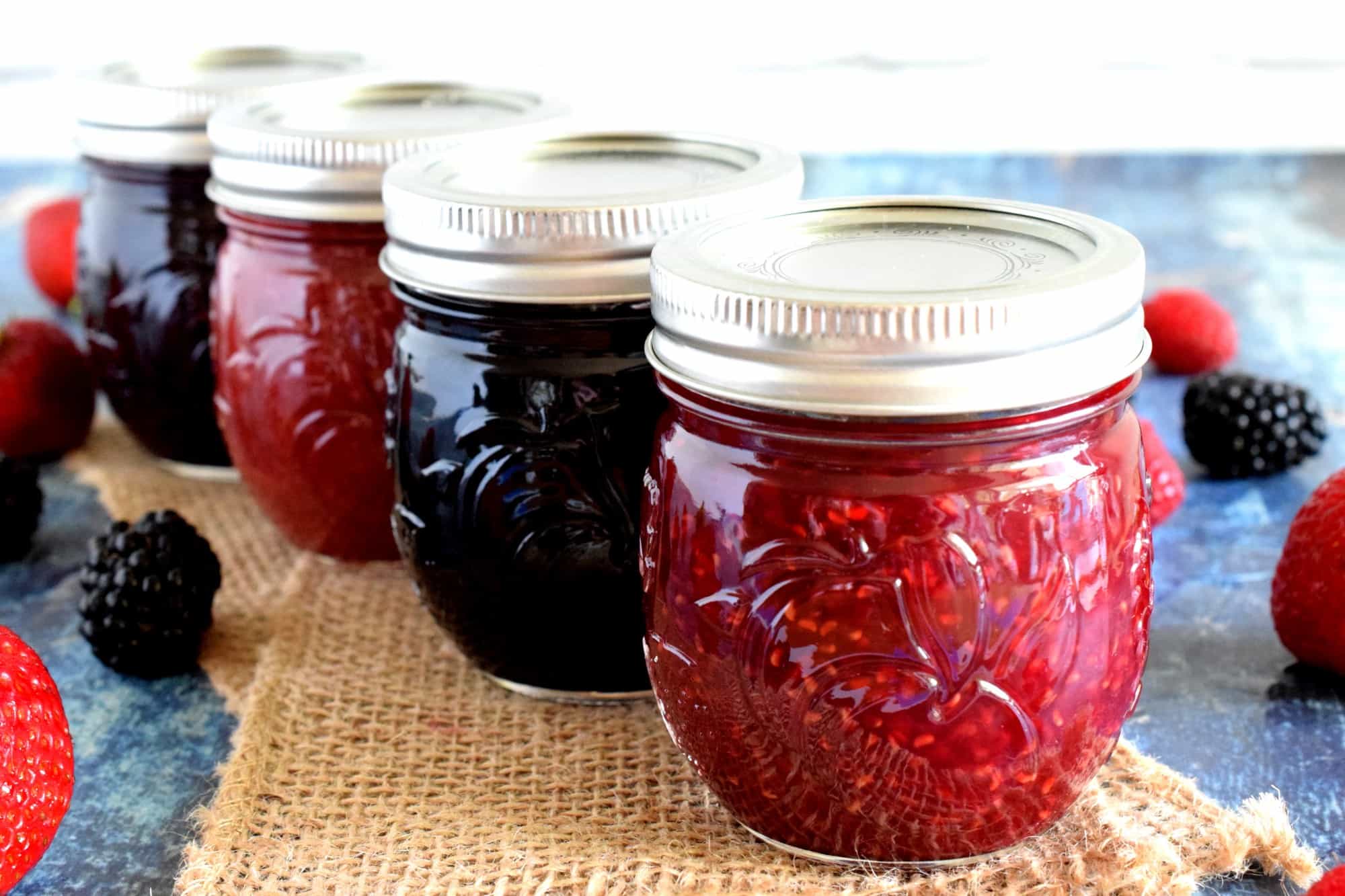
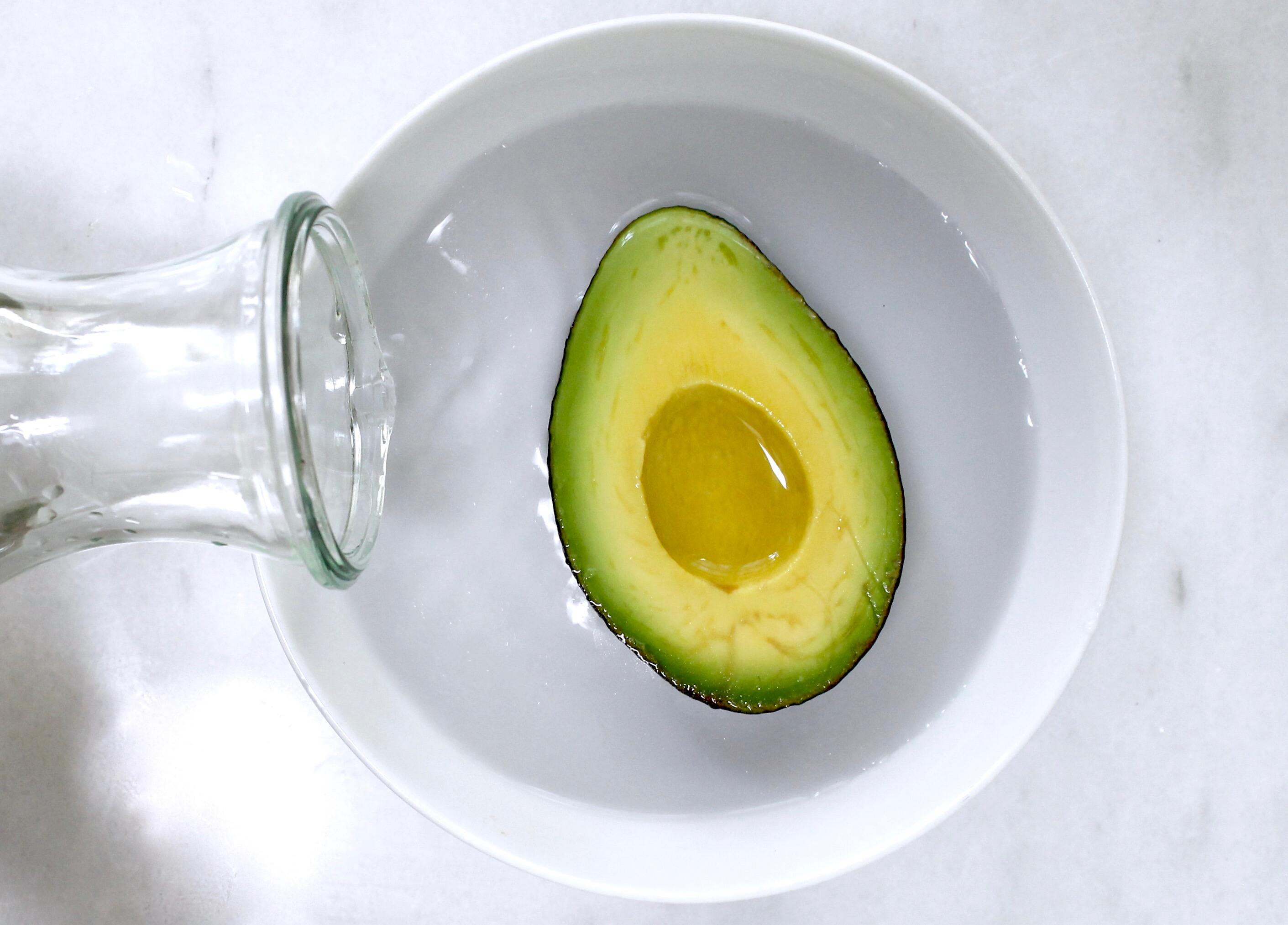
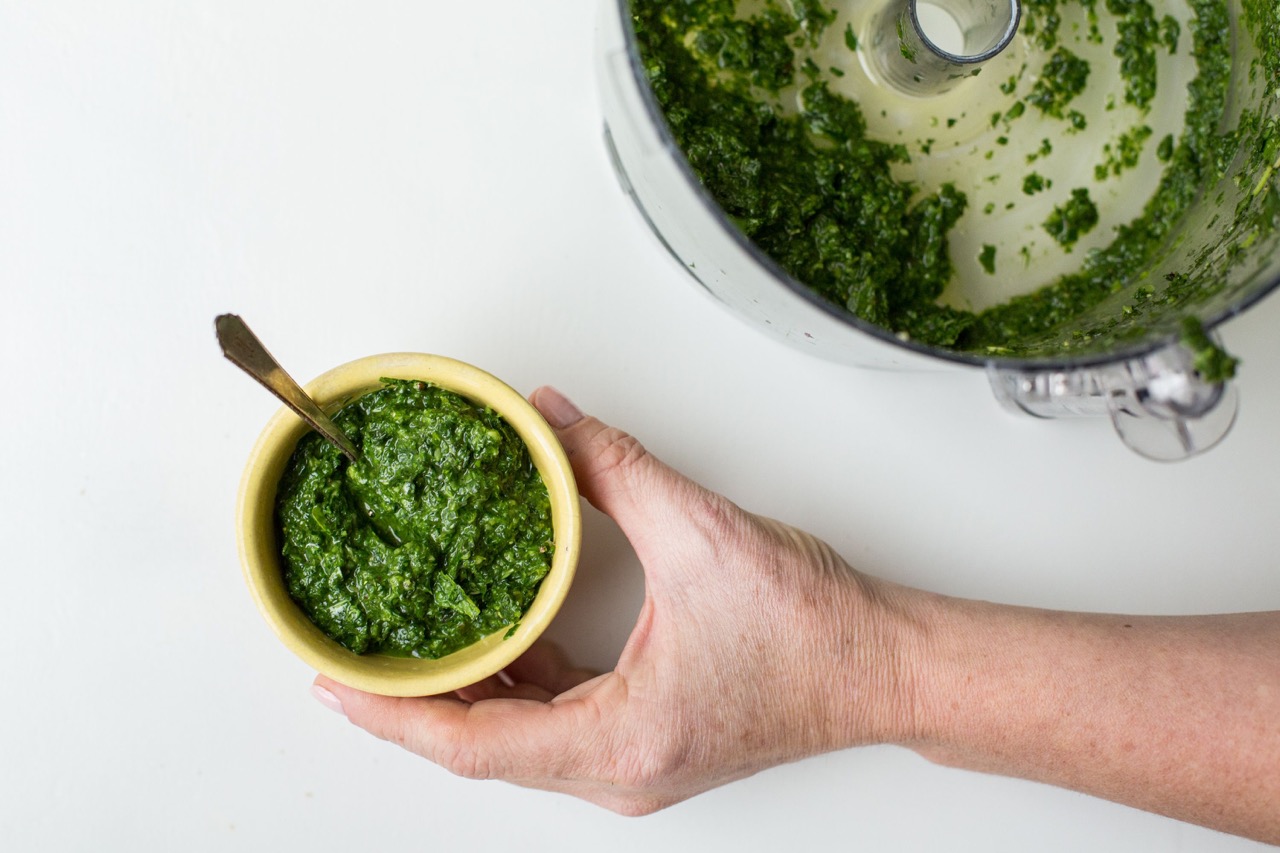
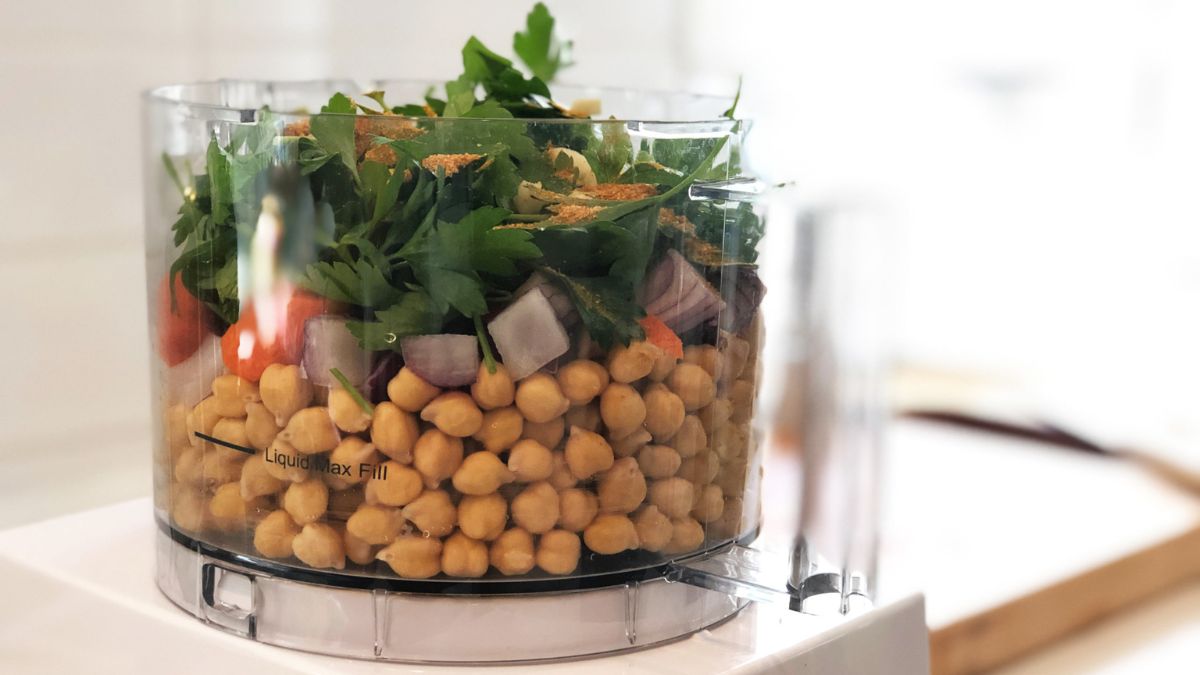

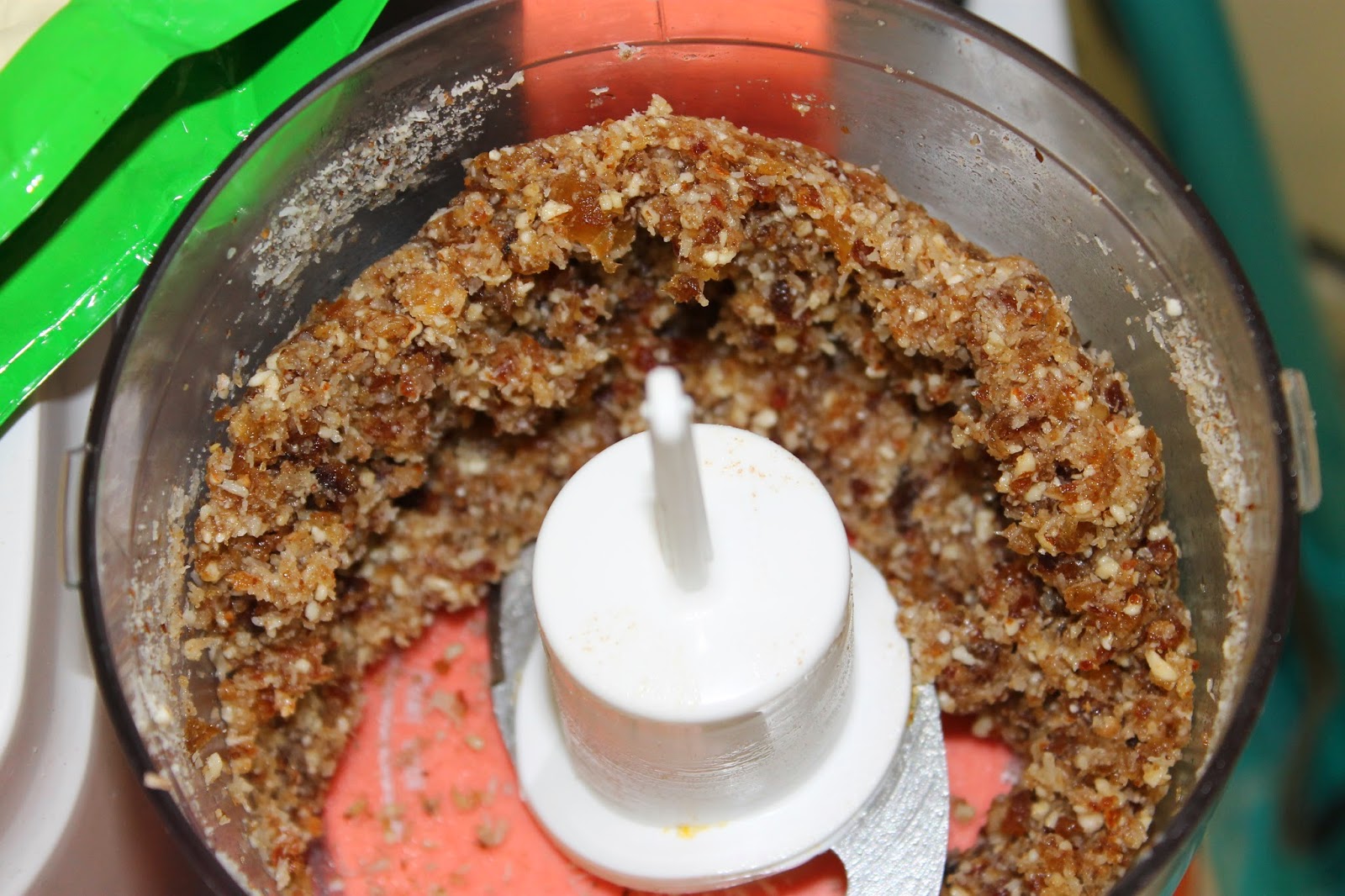
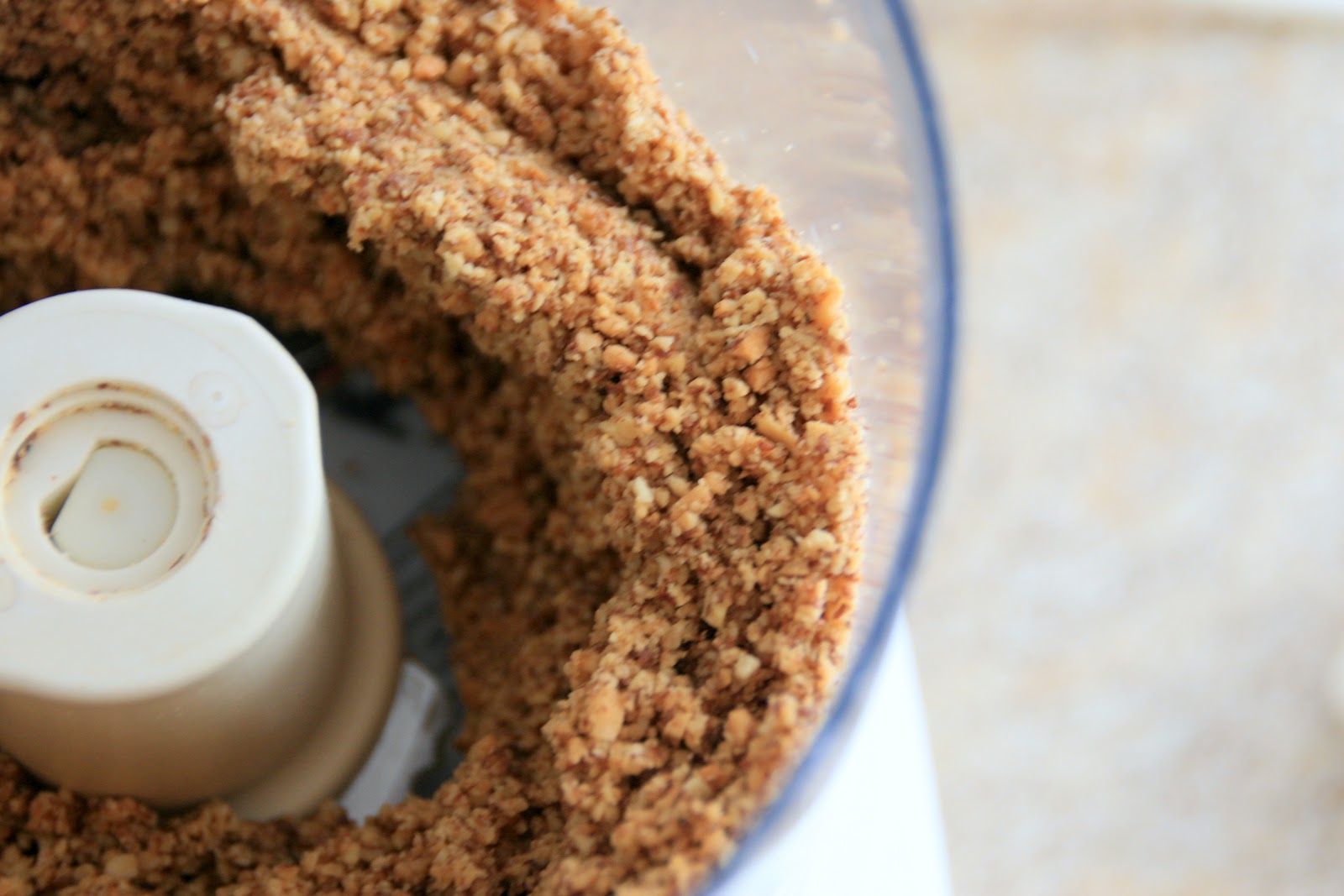
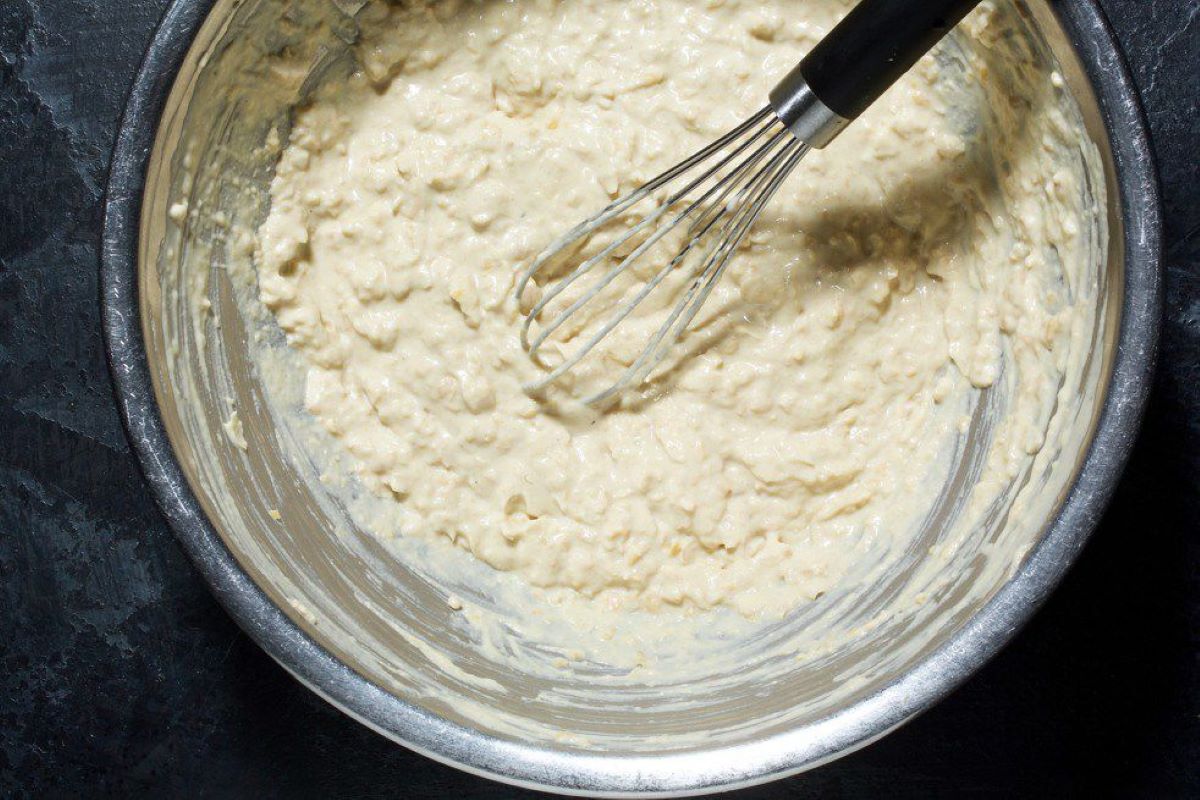
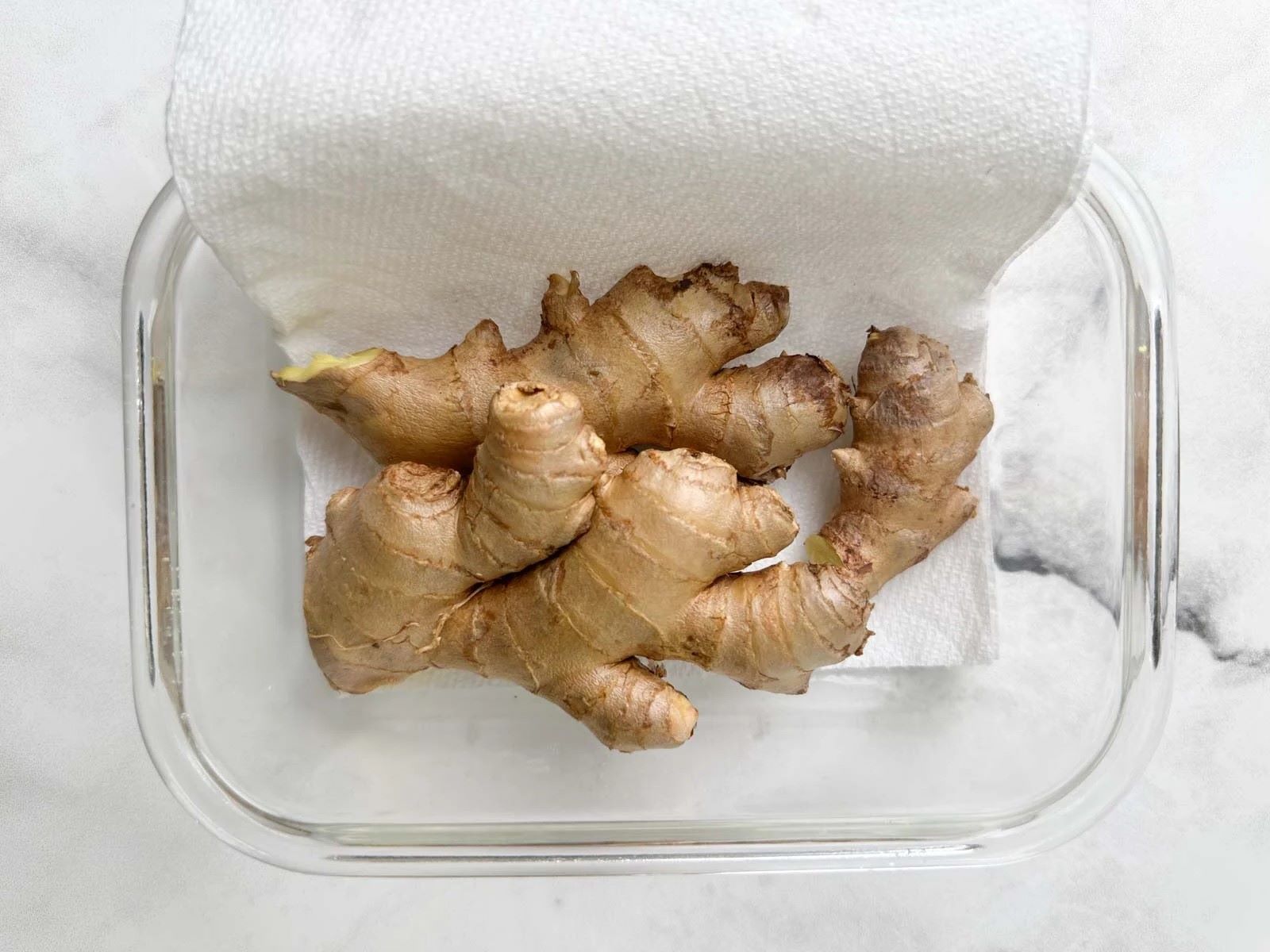
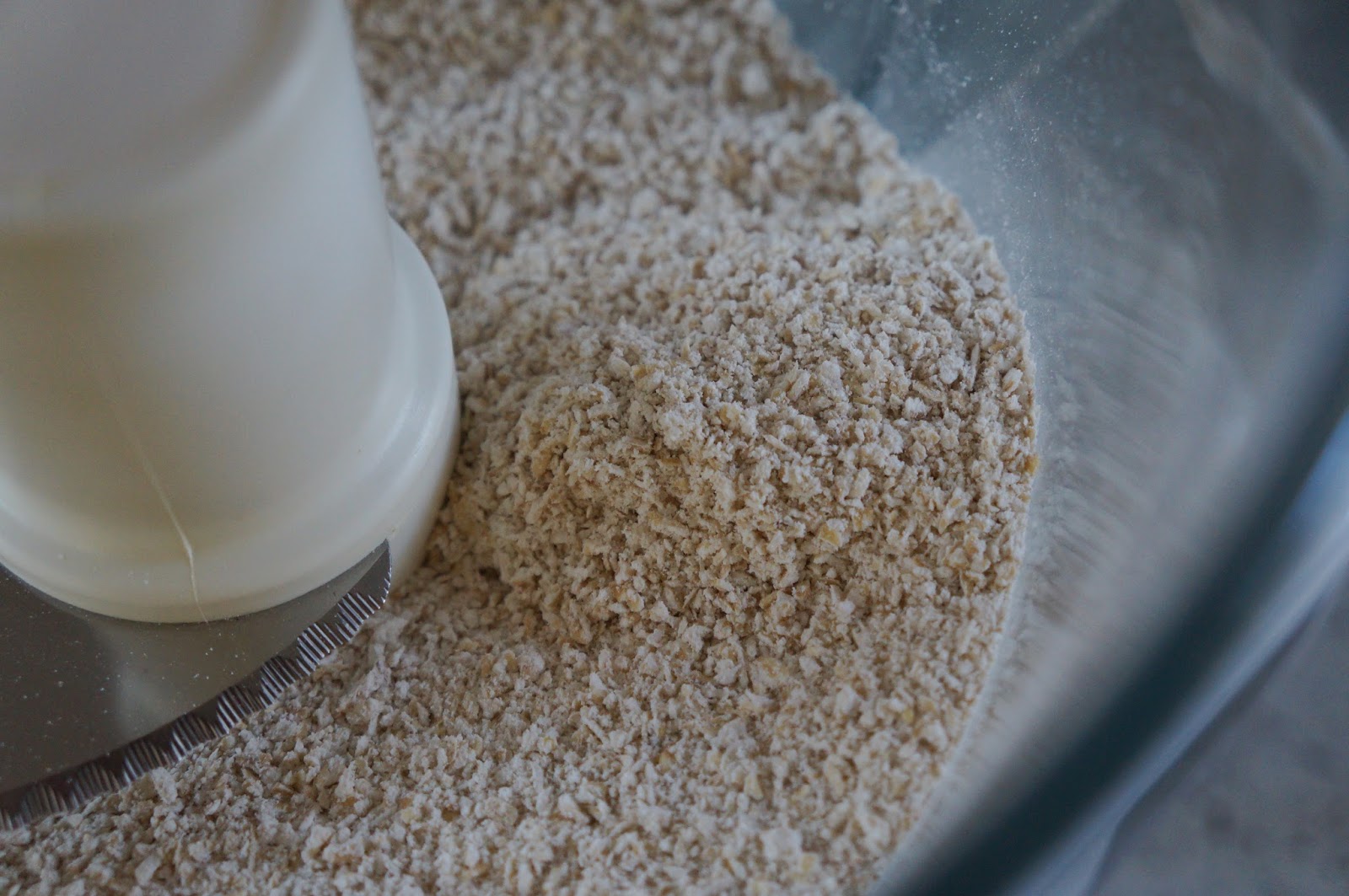

0 thoughts on “How To Store Food Without Electricity”